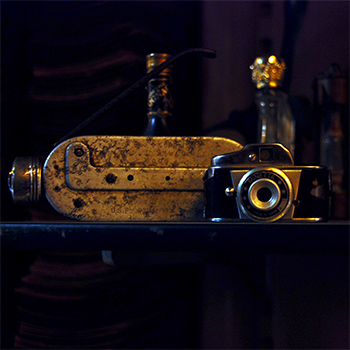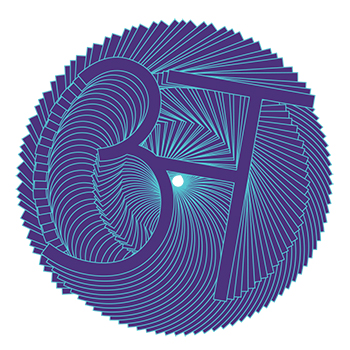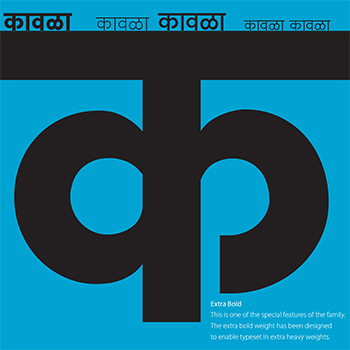The increasing advent of globalization and technological advancements are taken to tell that we are living in an age of increasing sameness. The cultural diversity, once rich and abundant is being replaced by a global culture. This has had an effect on the visual culture of India. Regional dialects, languages and scripts have not escaped the consequences of ‘modernization’. The well painted billboards and shop signs have been replaced by massive in your face advertisements. The streets are full of panwalas and departmental stores wear the same huge red beverage advertisements on their heads. The devanagari script saw its peak in the times of letterpress, when elegant complex letterforms were cast and used widely in print and publication. The nature of Indian scripts being different than Roman or Latin, their digitization initially proved to be a tedious task that did not deliver the script in its totality. Recent developments in type digitization however have reached a stage where the script can be produced in its original richness of form and elements. There has been increasing demand for the digitization of Indian scripts to reach larger number of audiences via several media. In the print media, newspapers in Hindi boast more circulation than their english counterparts, proving that there is certainly demand. The digitization of Indian scripts however have brought in their wake alteration in form to suit the requirements of the technology available. Though reach of the scripts has widened, they propagated the spread of a deteriorated form. This forms the inspiration for undertaking the task to analyze the current type design scenario & thereafter design a new approach to designing typefaces to propagate the richness of a correct and complete script.







